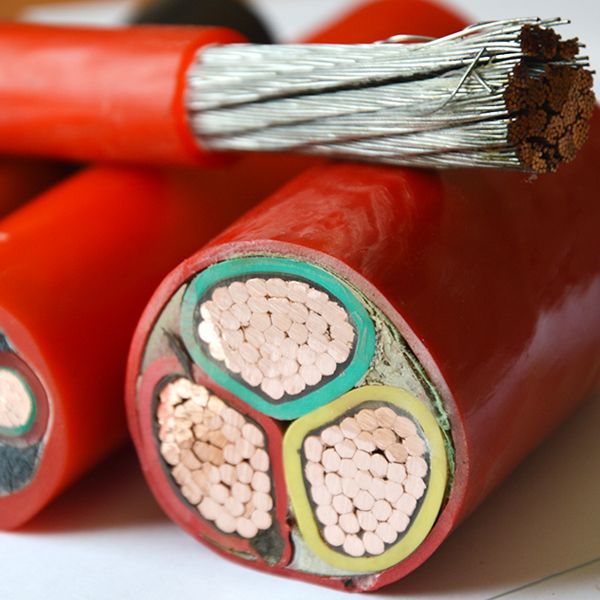
How to distinguish the specifications and models of fire-resistant cables
Release time:2025-10-10
According to relevant news reports: On June 3, 2021, at 00:28 midnight, the Xuzhou Fire Control Center received an alarm. A fire involving seven electric bicycles broke out in the Xingshan Garden community in Quanshan District, blocking the staircase entrance. What was more frightening was that the fire had already spread to the homes of residents on the first floor, trapping people inside the building. After investigation, the police found that the electric bicycle fire was caused by an electrical wire fault. Fortunately, there were no casualties. KAI PENG CABLE mentions this news today to help everyone understand the benefits of fire-resistant cables.

I believe everyone must know the first point~ Since they are fire-resistant cables, they are obviously fireproof. The standards for fire-resistant cables can pass national professional assessments, and they are also capable of being waterproof, moisture-proof, impact-resistant, and crush-resistant. Besides that, the core advantage is that the cable will not burn even if it short-circuits, as its fire-resistant characteristics are strictly produced and tested according to international standards.
Fire-resistant cables have excellent overload capacity, a long service life, and operate at relatively low temperatures. They are suitable for many projects, especially those with high environmental protection requirements. They possess excellent rodent and insect resistance. Even during installation, there is no need for additional conduit laying, making the operation convenient.
After introducing the advantages, let's look at model identification~ There are various types of fire-resistant cables, which can be confusing for friends when making a selection, especially when there are professional requirements. In that case, GOLDEN SUN CABLE will help everyone distinguish them~
1. Indicates the category and use of the conductor. A stands for installation wire, B represents building wire, C represents shipboard cable.
2. Indicates the armor layer. 2 is double steel tape, 3 represents fine round steel wire, 4 is coarse round steel wire.
3. Indicates the outer sheath. 0 means no sheath, 1 is fibrous layer, 2 is PVC sheath.
4. Indicates the material of the conductor. T represents copper core conductor, L represents aluminum core conductor.
5. Indicates characteristics. B is flat type, R is flexible, C is heavy duty, Q is light duty, G is high voltage, H is for electric welder use.
After all these introductions, we hope this information is helpful to everyone.


